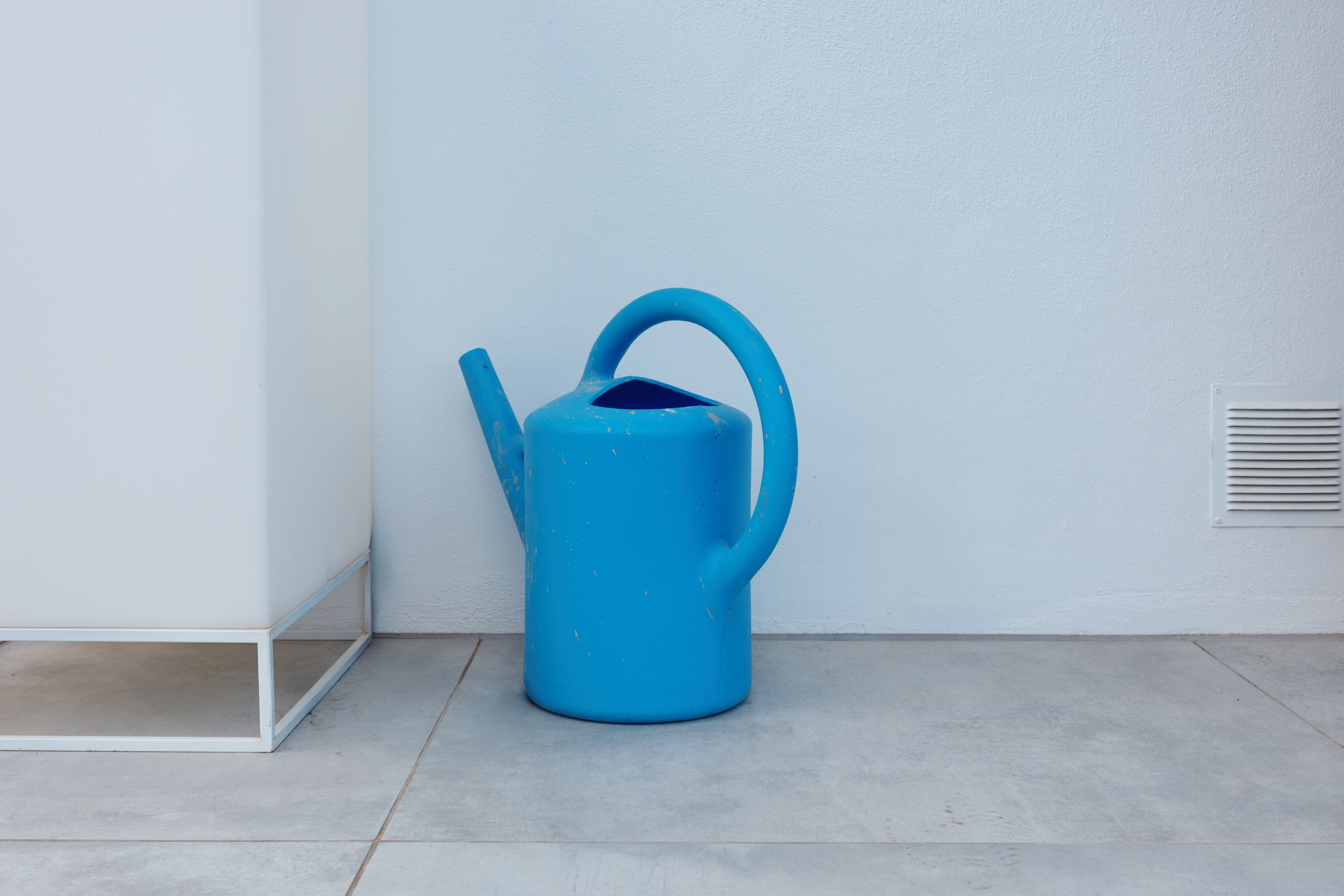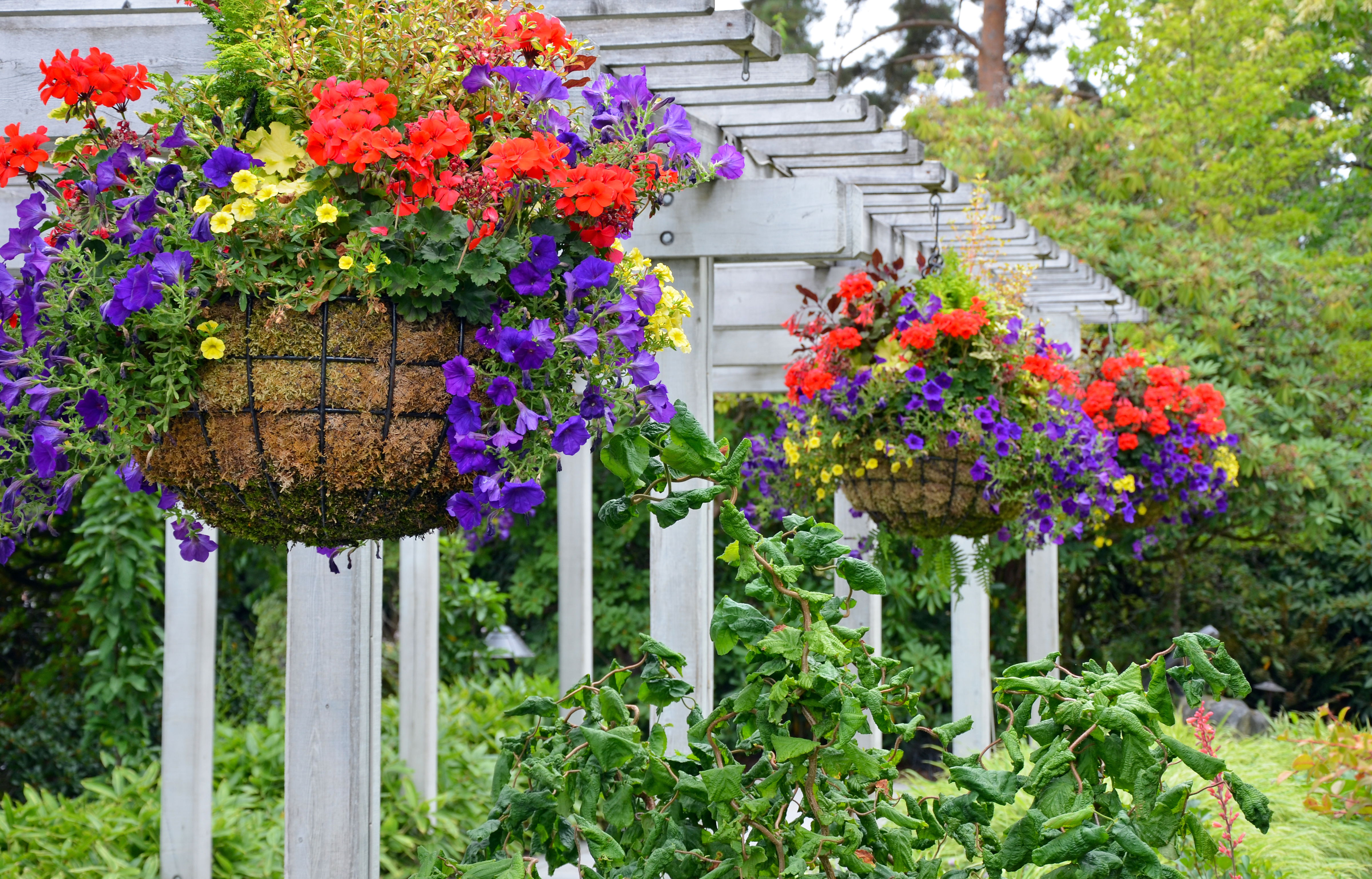Maintaining Your Watering Can: Why Counsellors Need This.
The Art of Pouring Out—Without Pouring Out the Sludge
by Angie Petrie
It’s a familiar image for many of us in the helping professions: the counsellor as a watering can, gently pouring into the parched soil of their clients’ lives. We hope to refresh, revive, and support growth, tending to fragile shoots and helping roots anchor deep.
But here’s a question we don’t ask often enough—what’s actually sloshing around inside your watering can? Let’s be honest: if that can goes too long without a good rinse, there’s a risk you’ll end up pouring out not crystal-clear water, but a murky mix of yesterday’s leftovers, a little algae, and maybe even a rogue bit of leaf or two.
No one wants sludge at the bottom, least of all your clients. Yet, if we don’t take care of ourselves, if we don’t “top up” with clean water and occasionally scrub out the residue, we risk pouring out more than just kindness—we might be sharing our own unprocessed pain, unresolved childhood stuff, or everyday weariness.

The Perils of Sludge—And How It Gets There
At first, the watering can is shiny and fresh, ready for every thirsty stem. But over time, as we pour out compassion, listen deeply, and hold others’ stories, our own supply can dwindle. Leave it unchecked, and the bottom collects the kind of gunk that doesn’t help anything grow. Before you know it, you’re not just supporting clients through their “stuff”—you’re at risk of letting your own seep in, unnoticed but impactful.
Supervision: The Essential Rinse
This is where supervision comes in—a place to tip out what’s been collected, to let someone else peer inside and help clean out the bits we’d rather ignore. It’s the safe space where you can say, “I think there’s a smell coming from my can,” and not be met with horror but with professional curiosity and gentle guidance. Supervision isn’t just a requirement; it’s maintenance, essential if you want to keep pouring out the good stuff.
Counselling for Counsellors: Sometimes You Need a Full Soak
Let’s face it: every watering can, no matter how well-made, needs a deep wash now and then. Seeking your own counselling doesn’t mean you’re cracked or unfit for the job—it means you care about the quality of what you bring. It ensures that, when you pour, you’re not diluting your clients’ growth with your own grief or fatigue.
Practical Tips for Keeping Your Can Clean
- Schedule Supervision Regularly: Don’t wait for a crisis. Make it part of your routine, like watering your favourite plant.
- Seek Personal Therapy When Needed: Notice those persistent residues? Take the time for a thorough cleaning.
- Practice Daily Self-Check-Ins: Lift the lid and have a look. Is your water running clear, or is it looking a little cloudy?
- Connect With Other Watering Cans: Share your experiences with colleagues. Sometimes, a little sunshine and fresh air helps with the drying process.
- Don’t Be Afraid of the Sludge: Everyone gets it. The key is not to ignore it, but to address it before it defines what you pour out.
The Bottom Line: Growth for All
Your clients deserve clarity, gentleness, and nourishment. But so do you. Keeping your watering can clean isn’t just about them—it’s about you thriving, growing, and replenishing so you can continue your work with authenticity and joy. So, the next time you’re pouring out, take a moment to ask: what’s really in my can? Remember, healthy gardens—and healthy counsellors—depend on good water. Take care of your vessel, and both you and those you serve will flourish.

Building the Foundation: The Framework
Just as a hanging basket relies on a sturdy framework to keep it secure, ethical counselling begins with its foundational structure: an ethical framework. Much like the supportive strut holding the basket against the wall, this framework ensures that the practice maintains integrity and accountability. With connections to associations, governing bodies, and insurance, counselling remains anchored, protecting both counsellors and clients.
"Ethics is knowing the difference between what you have a right to do and what is right to do." - Potter Stewart
Linking Intentions to Actions: The Chain
The chain is another indispensable part of the hanging basket, representing good practice in action. It connects three essential links: the client, the therapist, and the relationship. Together, these elements ensure the counselling process is cohesive and effective, linking ethical intentions to meaningful actions.
"Good practice is the chain that links ethical intentions to ethical actions." - Unknown
The Core Agreement: The Basket
The basket itself represents the contract between the counsellor and the client. It holds the work and encourages autonomy through explicit discussion and clear contracting to support the work. It must remain level and balanced for effective counselling sessions; after all, a wonky basket leads to a wonky session, and nobody wants that!

Defining Boundaries: The Liner
Boundaries are the liner within the basket, creating a safe and structured space for growth. They are closely connected to the contracting and enable the basket to hold the soil without it being washed away. When boundaries are clearly defined and adhered to, clients feel secure within the counselling relationship, knowing where the limits lie. Not to say that the boundaries aren't revisited or re-established at any point. As rigidity doesn't make for a good liner, too ridged and the client drowns and relationship flounders.
"Boundaries are the distance at which I can love you and me simultaneously." - Prentis Hemphill
Enriching the Experience: The Soil
Much like nutrient-rich soil nurtures the plants in a hanging basket, the counselling model provides a foundation for client growth. The quality of this “soil” determines how effectively the counselling process helps clients to flourish.
To cultivate particular plants, it is essential to use the appropriate type of soil suited for those plants. For instance, some plants thrive in acidic or alkaline soils. Similarly, your model may be particularly effective for addressing addiction or trauma but may not be as suitable for children or individuals with OCD.
And don’t forget, just as a garden needs water and fertiliser, counselling thrives on ongoing learning and continued professional development (CPD). This is always needed in counselling as part of the 'soul food' (see previous blog) or self-care to support continuous care and prevention of burnout.
"Learning never exhausts the mind." - Leonardo da Vinci

A Blooming Conclusion
As the metaphor unfolds, the hanging basket reveals itself not only as a gardening delight but also as a profound illustration of ethical counselling practices. From the sturdy framework to the nourishing soil, each element plays a vital role in allowing the basket to flourish.
Not forgetting that no hanging basket is complete without the plants that thrive in it, our clients bloom within this safe and supportive environment being allowed the congruence, unconditional positive regard and empathy to find their way to grow.
And just as a well-tended hanging basket brightens up a space, ethical counselling nurtures lives, fostering growth, trust, and healing. You get to decide what the watering process is and this leads to thoughts of us as the watering can, pouring out for our clients and giving ourselves what we need to refill.
“A well-tended basket leads to a flourishing counselling garden!”
What’s Your Take?
If this model inspires you, I'd love to hear your thoughts!
How do you incorporate metaphors into your professional practice?
Would you see the hanging basket differently for your model?